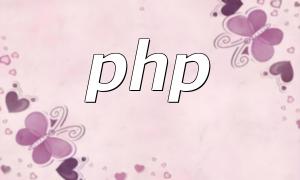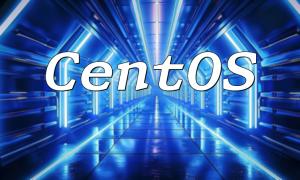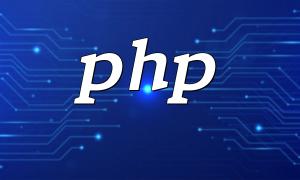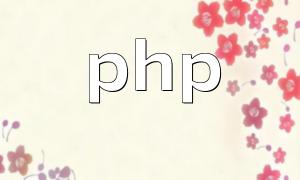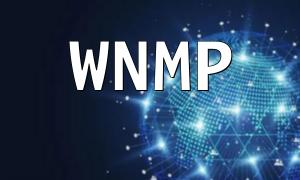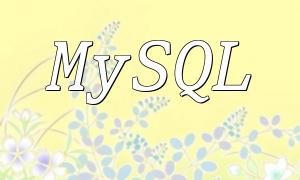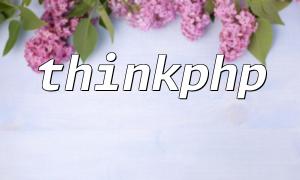Django is a high-level web framework built on Python, designed to rapidly develop and maintain high-performance websites. Its design philosophy emphasizes reusability, scalability, and fast development. Django's built-in features allow developers to focus on core application functionalities without worrying about lower-level details.
PHP is an open-source scripting language widely used for web development. Due to its simplicity and strong community support, PHP has become the backend language of choice for many websites and applications.
In terms of request handling speed, Django is typically tied to the performance of Python. While the initial loading of Django might be slower, caching mechanisms can help speed up subsequent requests. On the other hand, PHP tends to handle requests more quickly, especially in simple applications, as it requires less configuration and preparation time.
Django applications generally use more memory than PHP, mainly due to Django's full-stack nature and powerful features. While this might not be noticeable in small projects, memory usage can become a bottleneck in large-scale applications. PHP, due to its simplicity, typically performs better in memory management.
When it comes to concurrency handling, Django uses the WSGI interface to handle multiple requests but typically requires additional configuration and middleware to achieve high concurrency. In contrast, PHP performs well under high concurrency, particularly when using Nginx and php-fpm, which can significantly improve concurrent request handling capabilities.
If you're building a large-scale web application, especially one that requires rapid iteration and high security, Django may be the better choice. Its built-in user authentication, admin panel, and ORM framework can significantly improve development efficiency. For smaller websites and applications, particularly those that need to go live quickly, PHP is favored due to its high performance and relatively shallow learning curve.
Django has an active and constantly growing developer community, offering a wealth of third-party libraries and plugins for various needs. Similarly, PHP's community is mature, with abundant resources and tutorials available, making learning and problem-solving more accessible.
In the performance comparison between Django and PHP, both have their strengths and weaknesses. The choice of framework should be based on project requirements, the development team's technology stack, and performance needs. If rapid development and security are priorities, Django is a solid choice. However, if performance, memory usage, and high concurrency are more critical, PHP might be the better option.
Understanding these performance differences will help developers make the right decision based on their needs, leading to better outcomes in web development.
